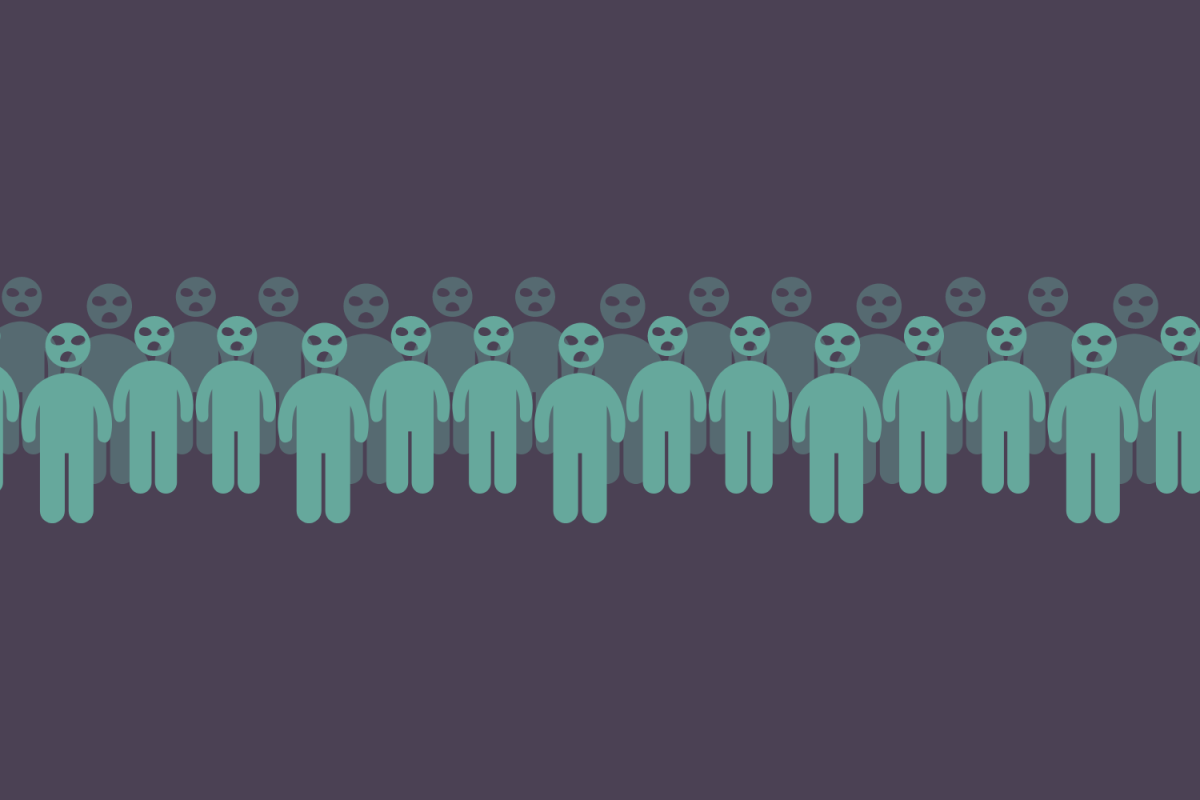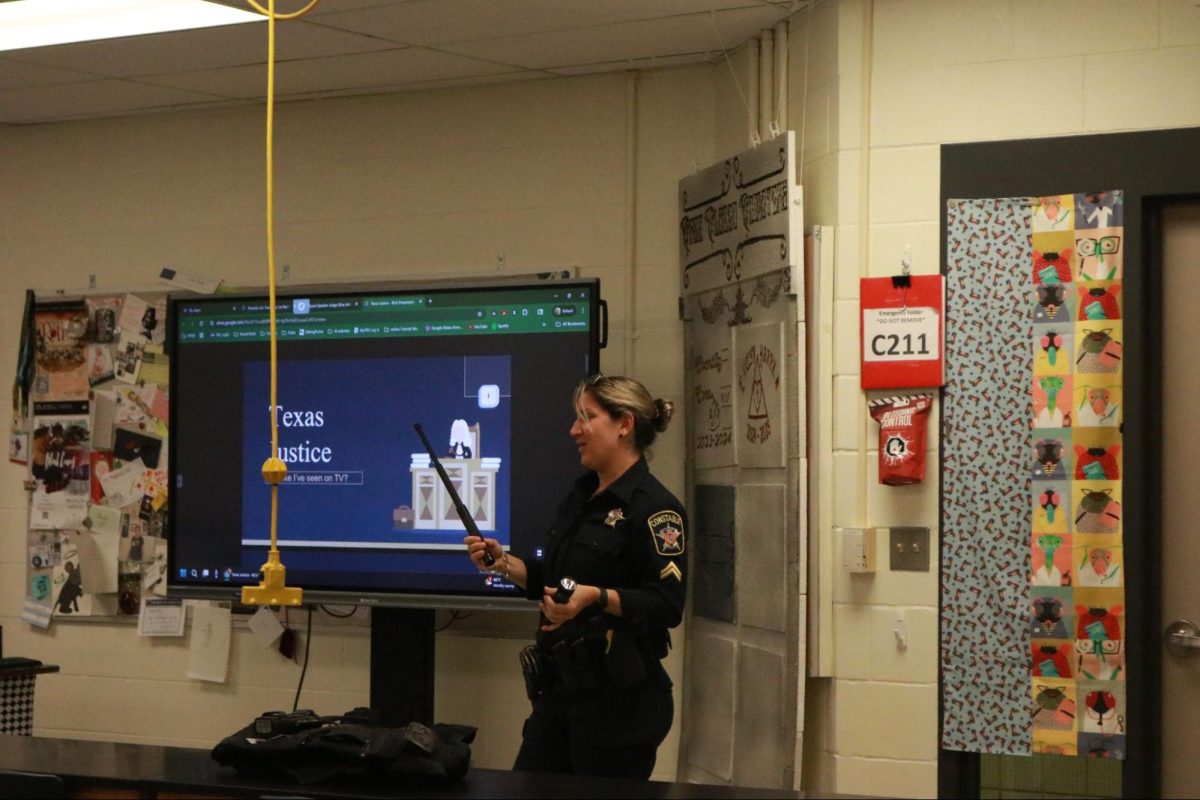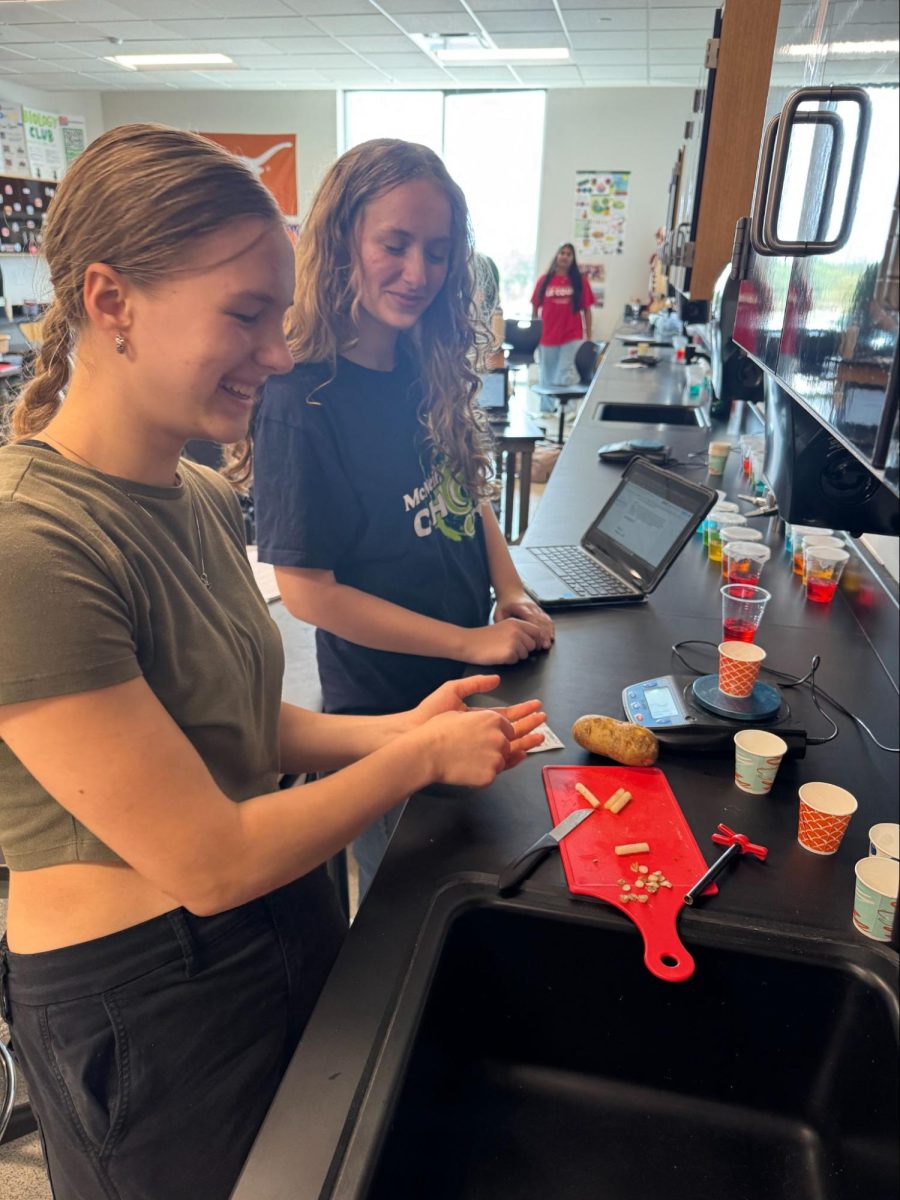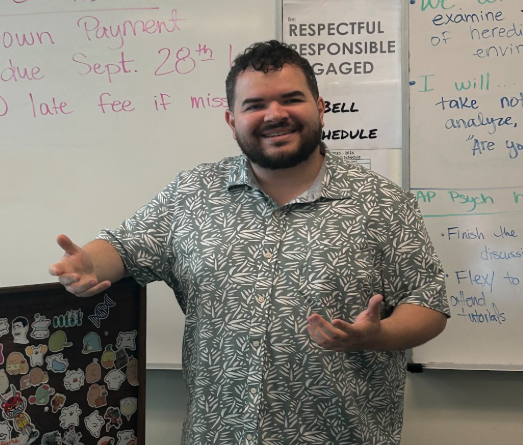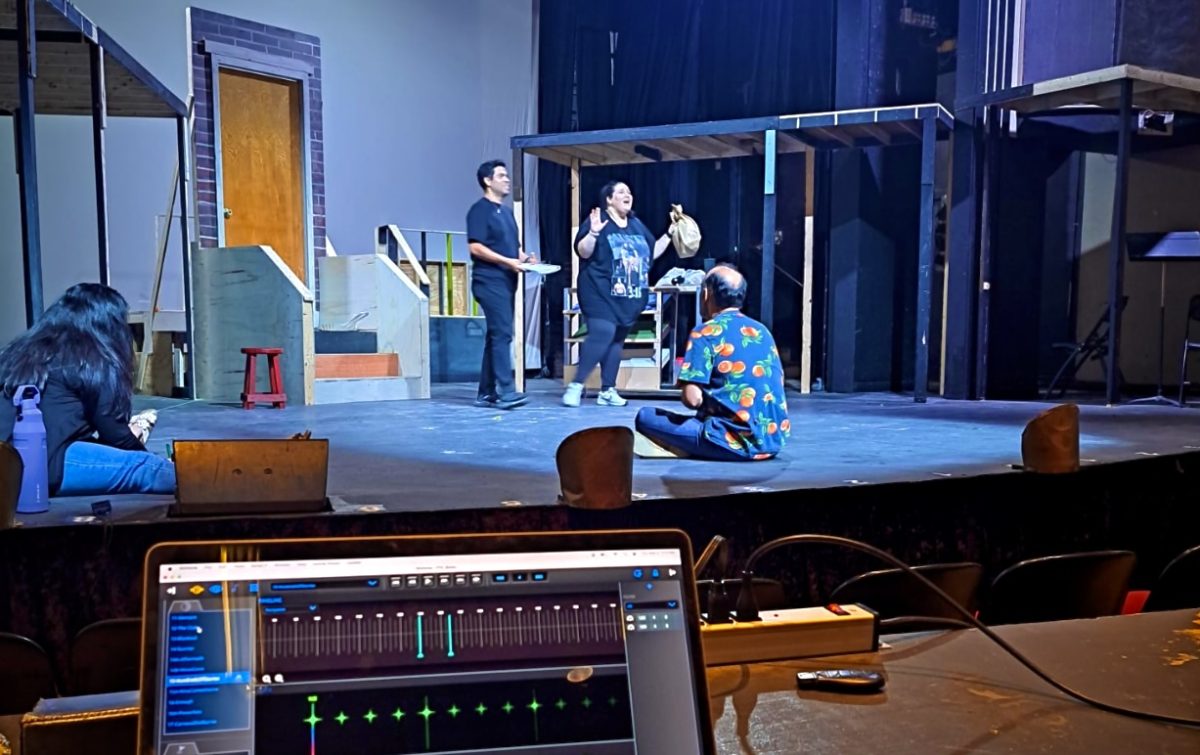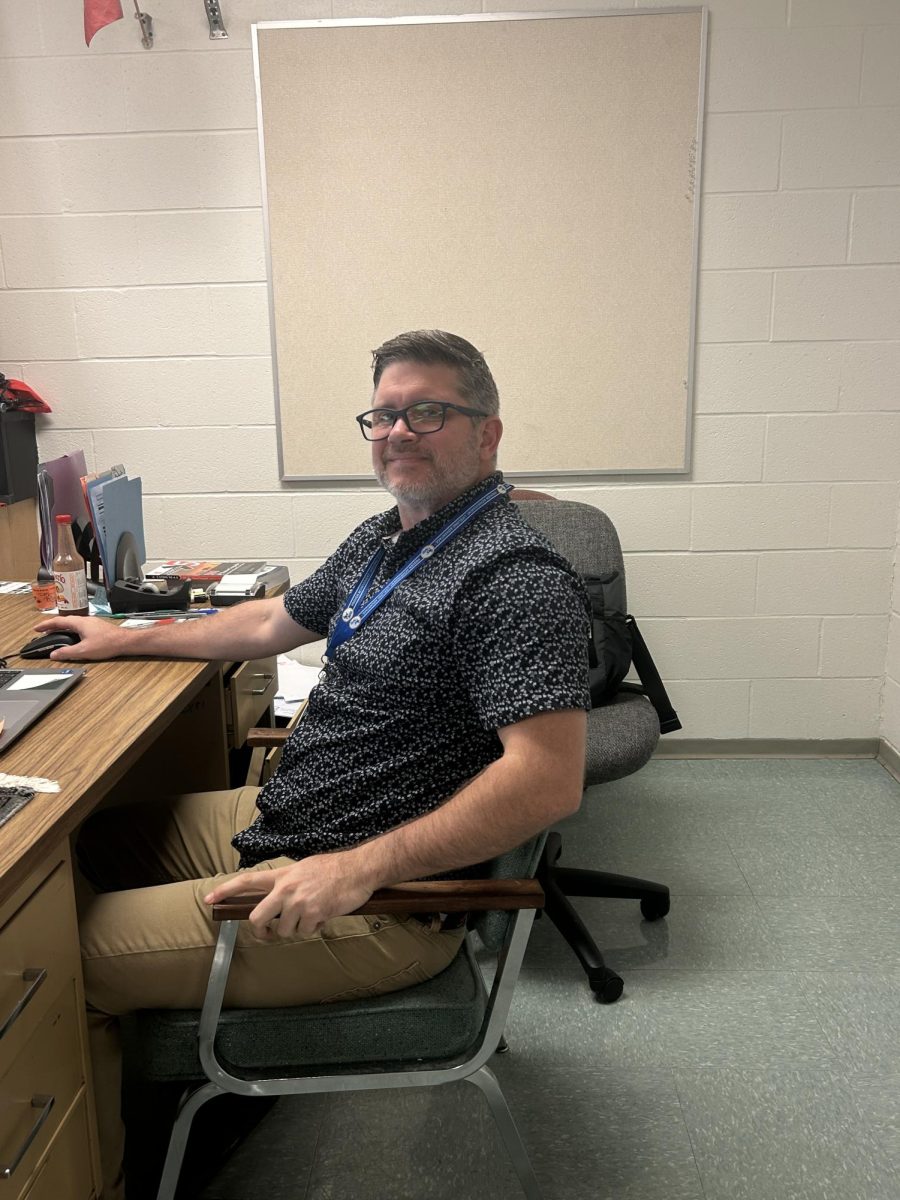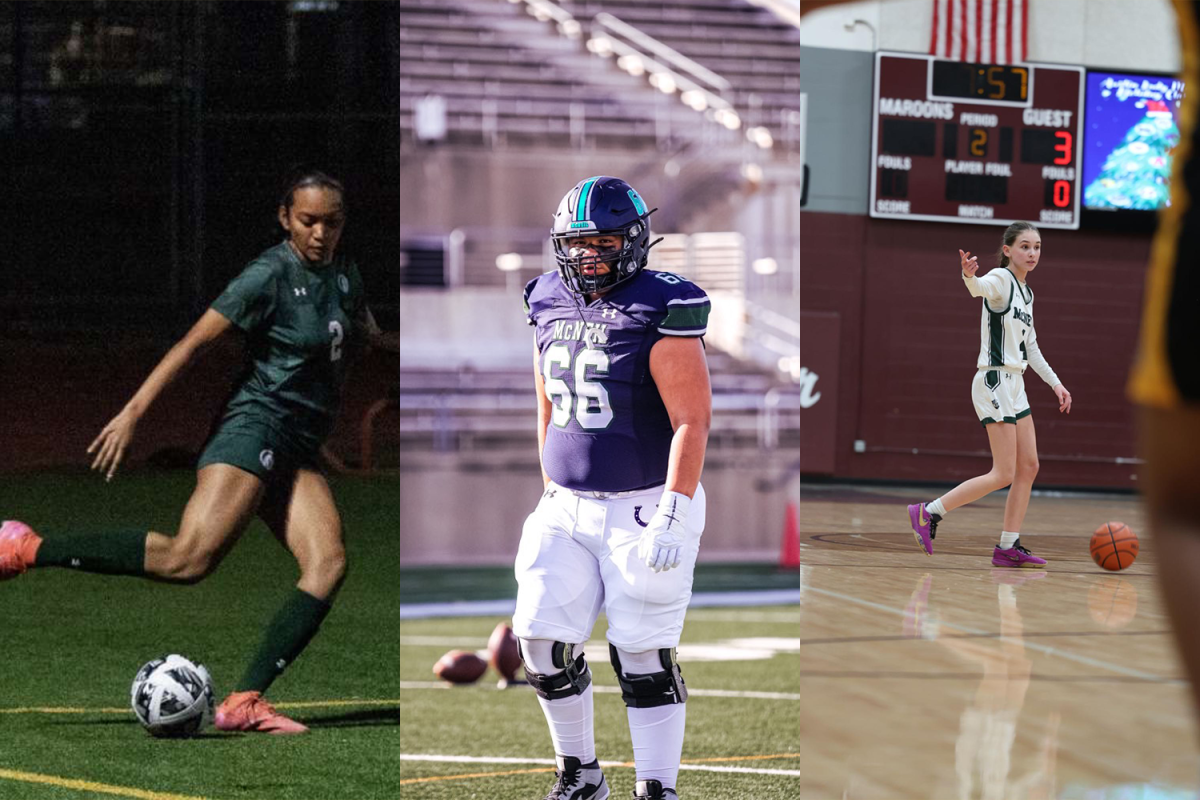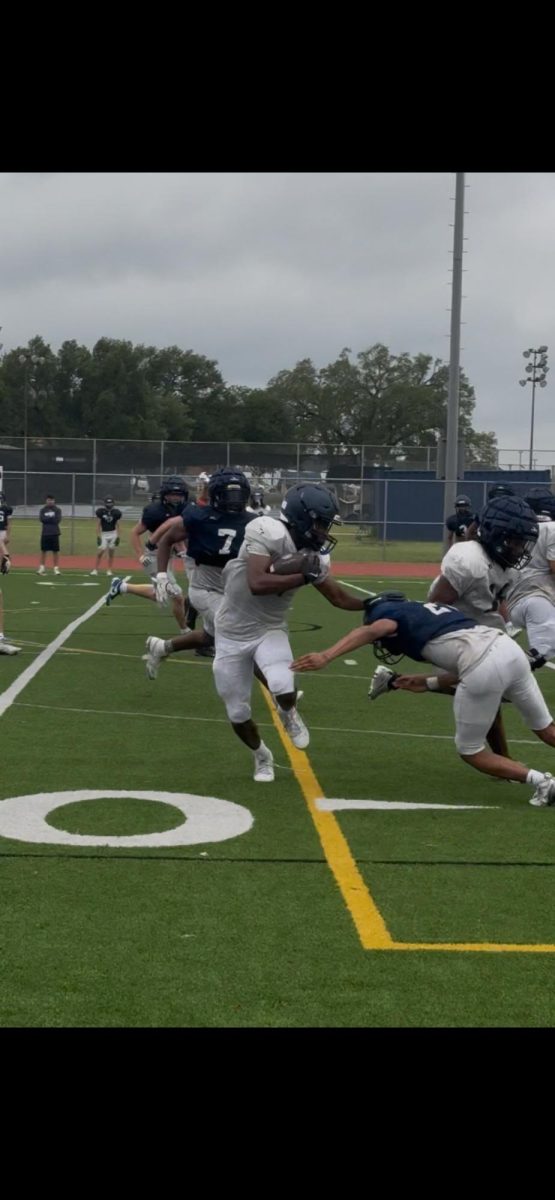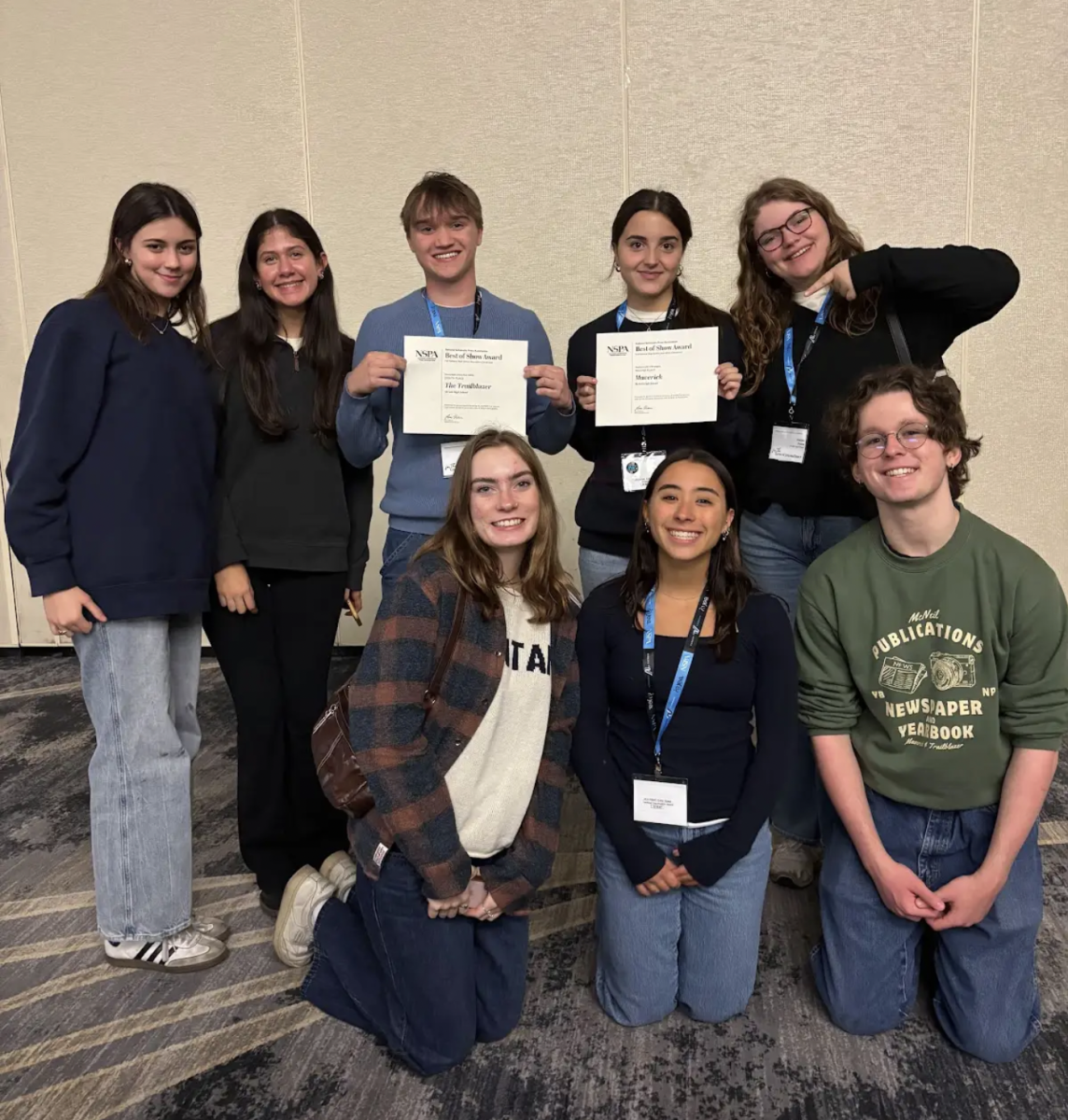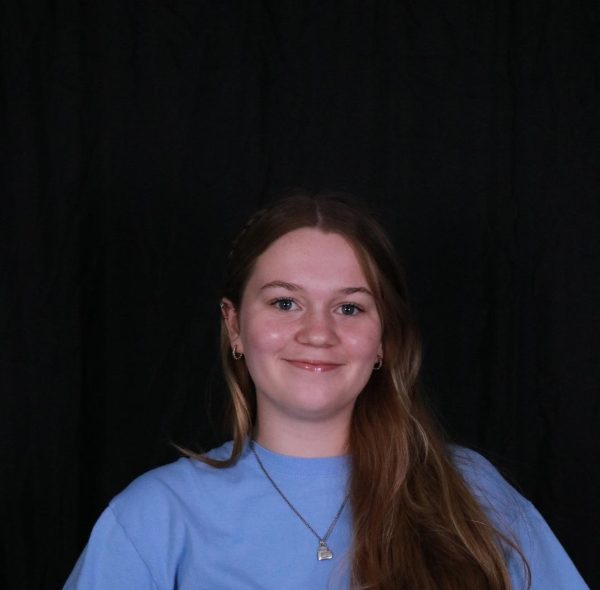This year class sizes are large due to the large population of students and the lack of teachers.
Teachers having classes with a larger population of students can cause teachers to not be able to have as much one-on-one time with their students to help the students learn the material better.
“I like large classes,” sophomore Taylee Coleman said. “I feel like it gives you more free will. I feel like if you have smaller classes you have to pay attention more and answer more questions and just pay attention all around. With big classes, you can listen to other people’s opinions for questions and the work that we are doing.
Large class sizes can affect how much space students have to work and finish assignments in, along with hurting student accessibility to the equipment they need.
“Large class sizes suck,” sophomore Fatimah Al-Rubaye said. “It affects me by causing problems with accessibility to supplies. For example, in my engineering class, there are too many students that don’t have their own computers like the big ones we use in engineering that we use for specific apps and programs that aren’t on our Chromebooks. Some students might not get proper desks or workspaces as there isn’t any room to put anything.”
The funds given to schools are partially decided by the quantity of students a school has and their attendance. The amount of funds a school gets decides how much they can put into getting teachers, with the schools’ budgets might not be able to accommodate the number of teachers needed for high populations of students.
“Also, schools can’t do much about it,” Al-Rubaye said. “As every year they are receiving less and less money but more and more students so they can’t do much. It gets very hot in large classes, especially at the end of the day.”
Many teachers notice the effects of having almost 40 kids in their classes can have on their students.
“I worry that my students are not able to get support,” ESL teacher Samantha Trevino said. “Especially when they are learning a new language, and it can be hard for them to ask for help in the beginning. For me, I think that it is just students being able to receive more assistance in their classes. I think that is why it has always been a personal goal of mine to make sure that every student I see is known and heard.”
Large class sizes also affect the teachers and their workload. Coleman said that she thinks it can be harder for teachers to keep up with all of the students.
“It does challenge me,” English teacher and assistant swim coach Casey McGowen said. “Occasionally it takes longer to get through the same amount of material with the larger classes even when they are focused and on task. It does create some challenges like space, volume level and the ability to support students.”
Students are able to see the work that teachers are doing for them to support their learning. Sophomore Ava Cole-Williams said that teachers might not like big classes when students can run around and be less controlled.
“It puts a lot more pressure on the teachers.” Al-Rubaye said.” It’s hard to get a huge class to focus or understand efficiently with so many problems and grading or trying to keep up with everyone in one class making sure no one is falling behind and just makes it harder for their whole job in general. Especially when it comes to setting up the work and classroom so it’s accessible and viewable from so many desks and eyes.”

